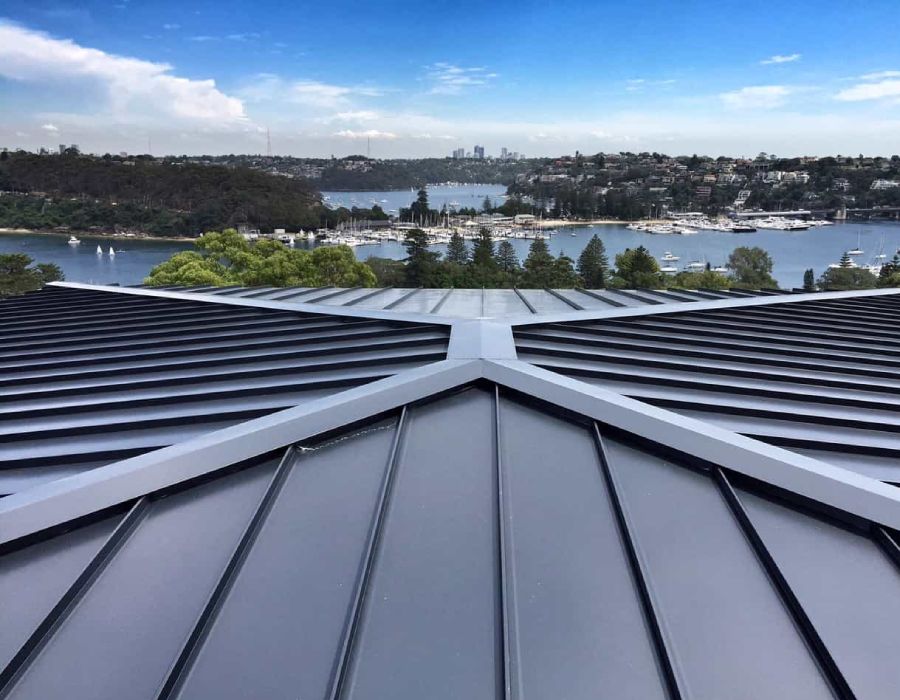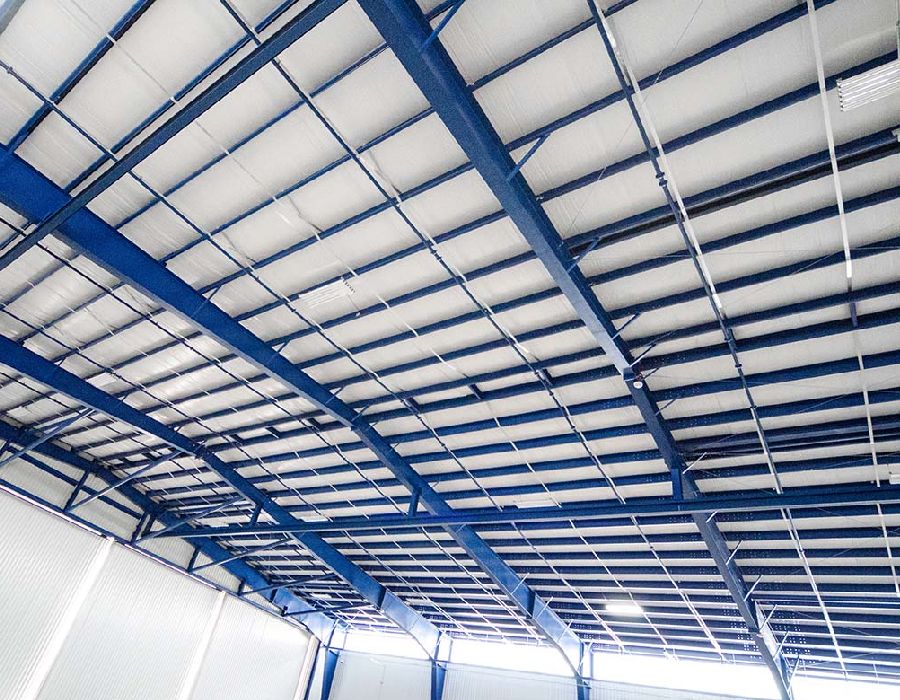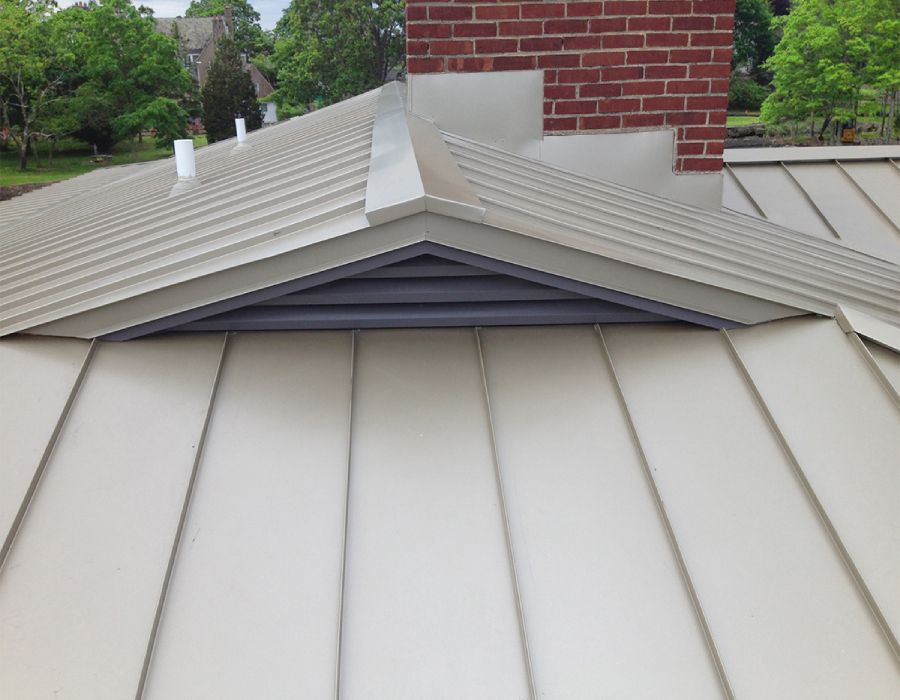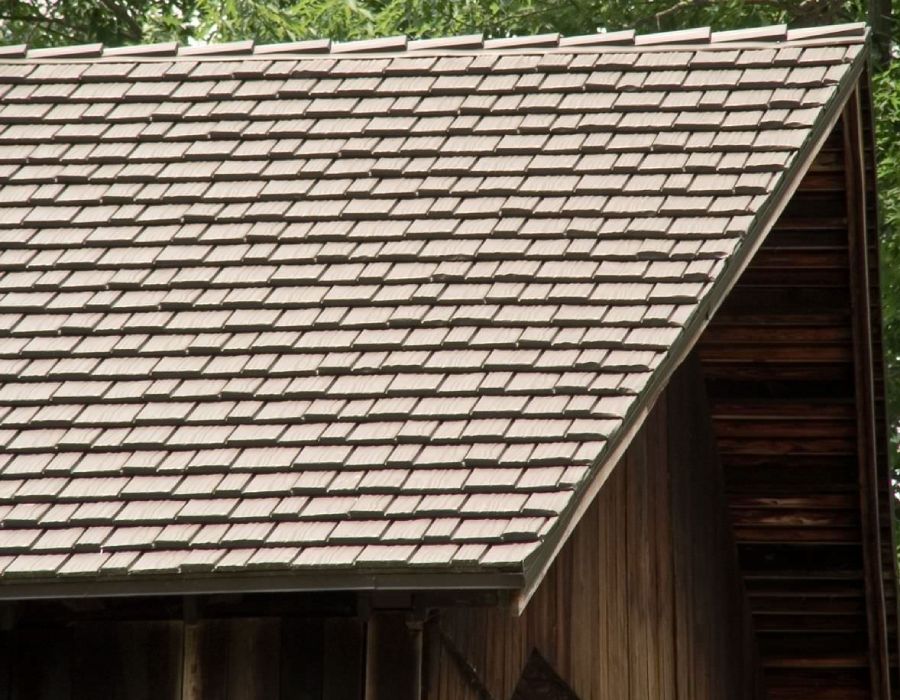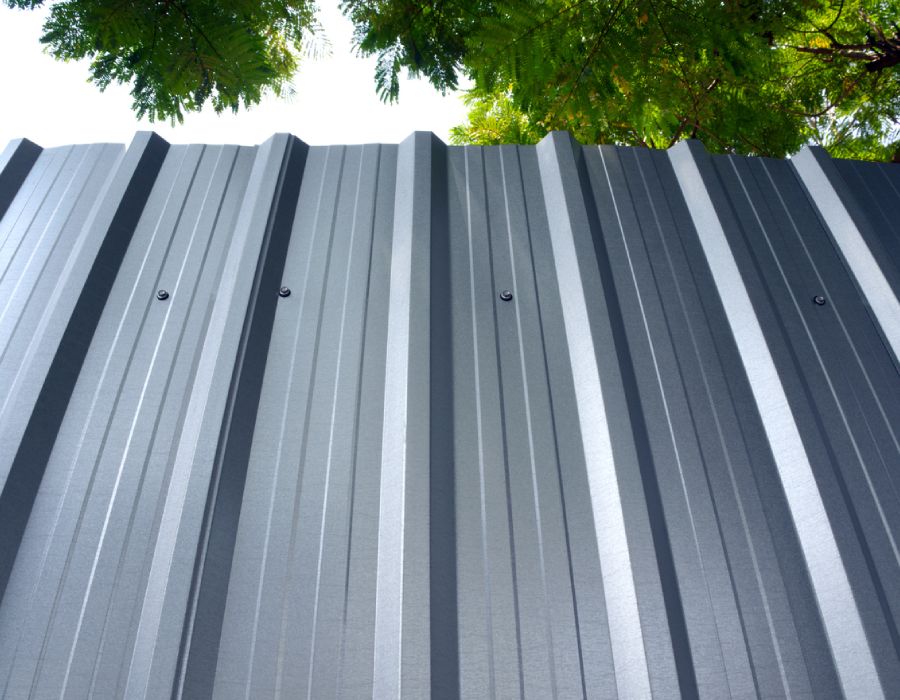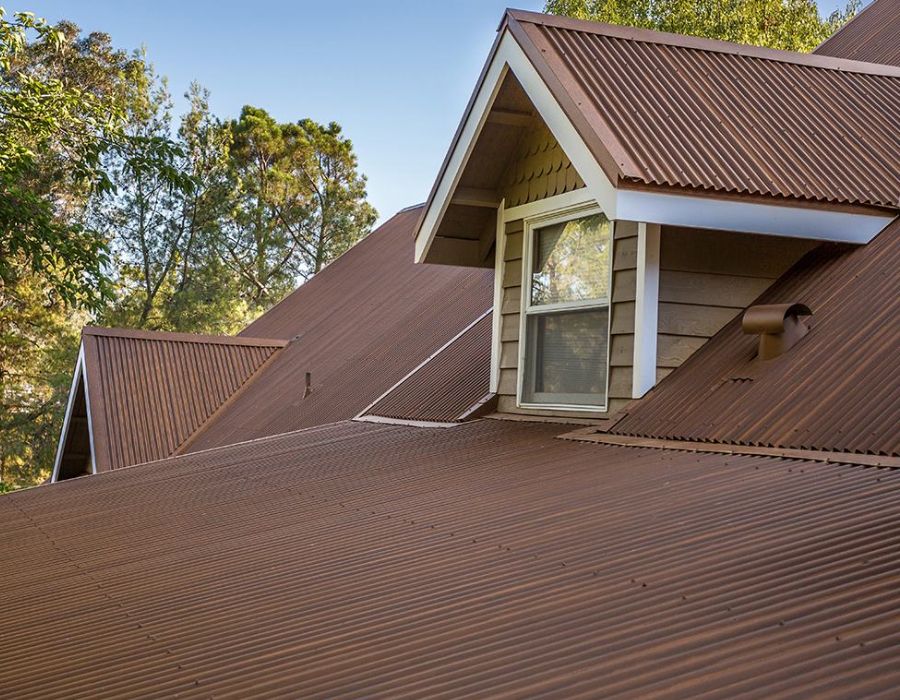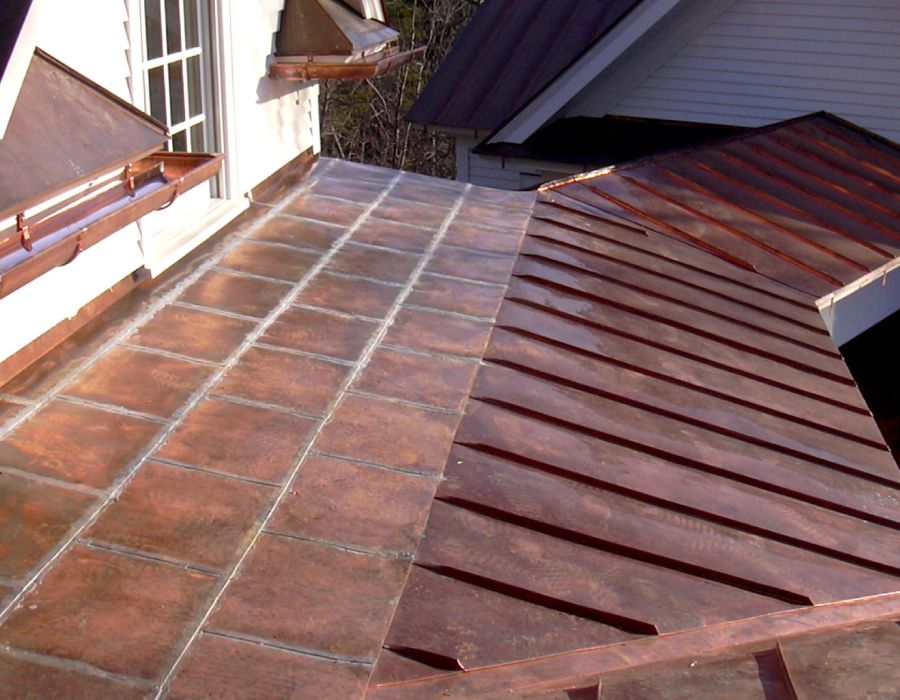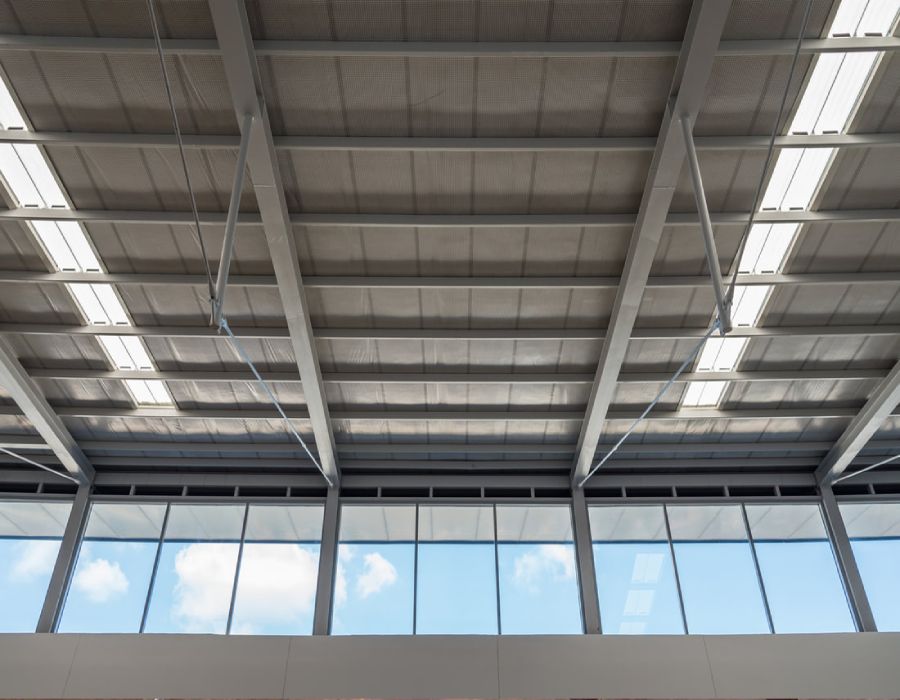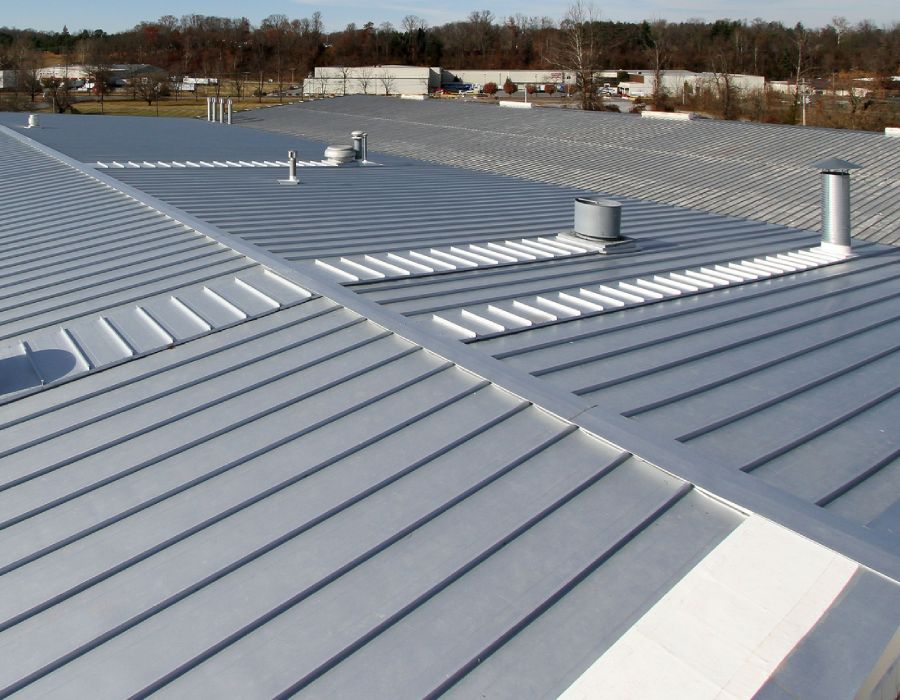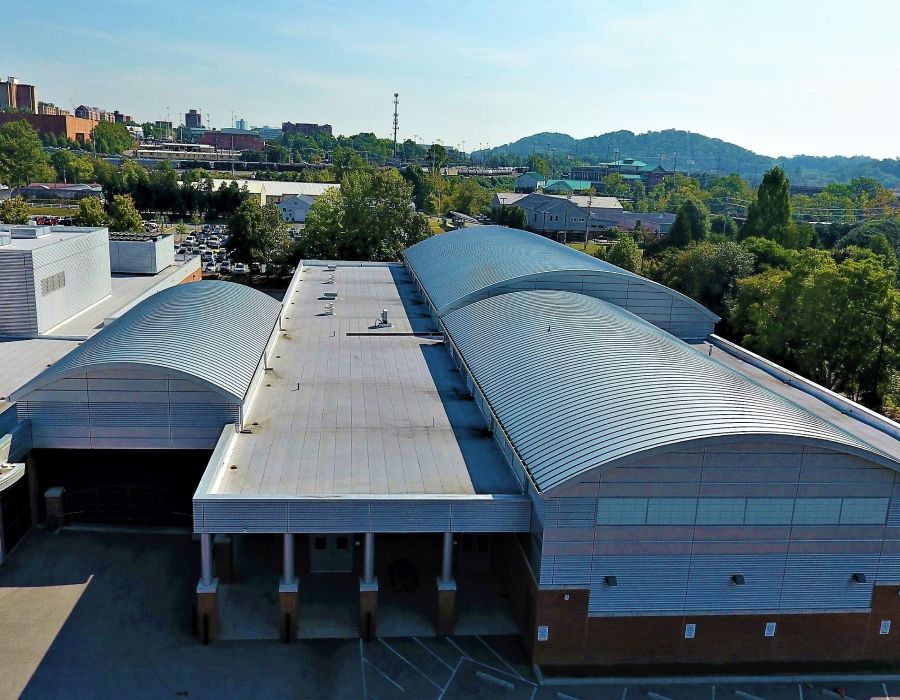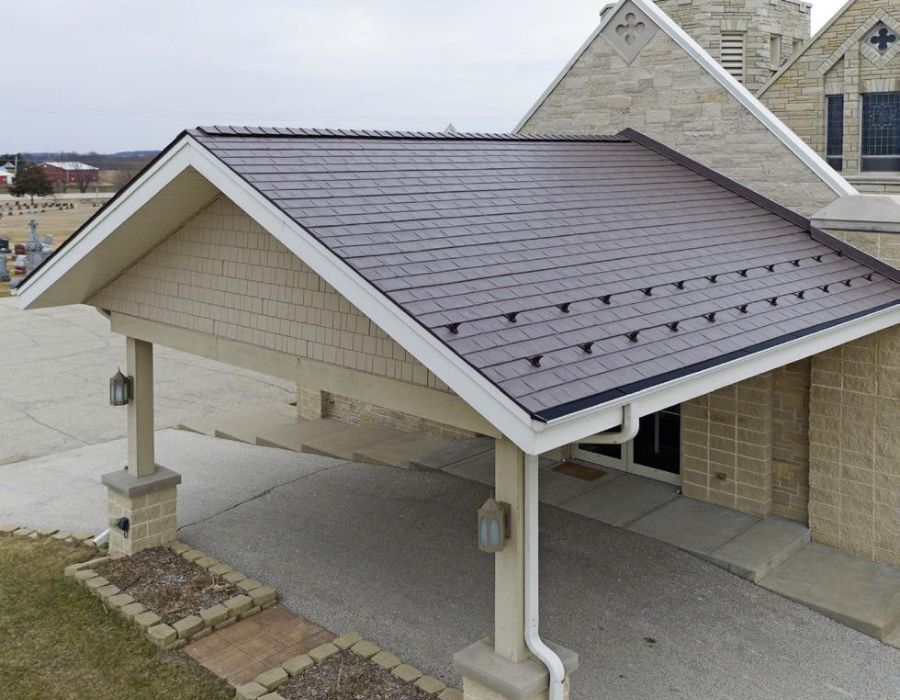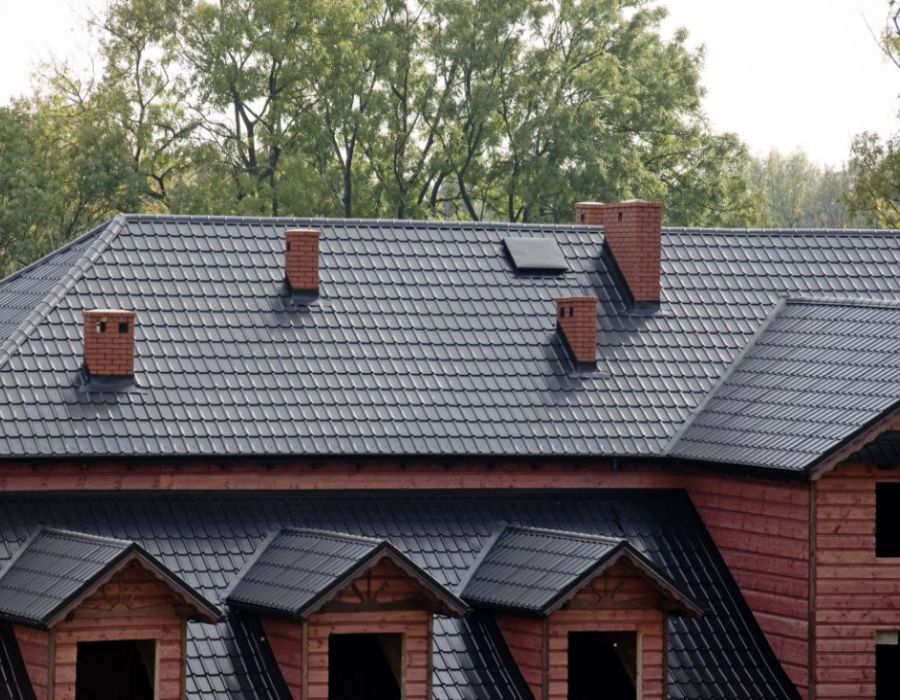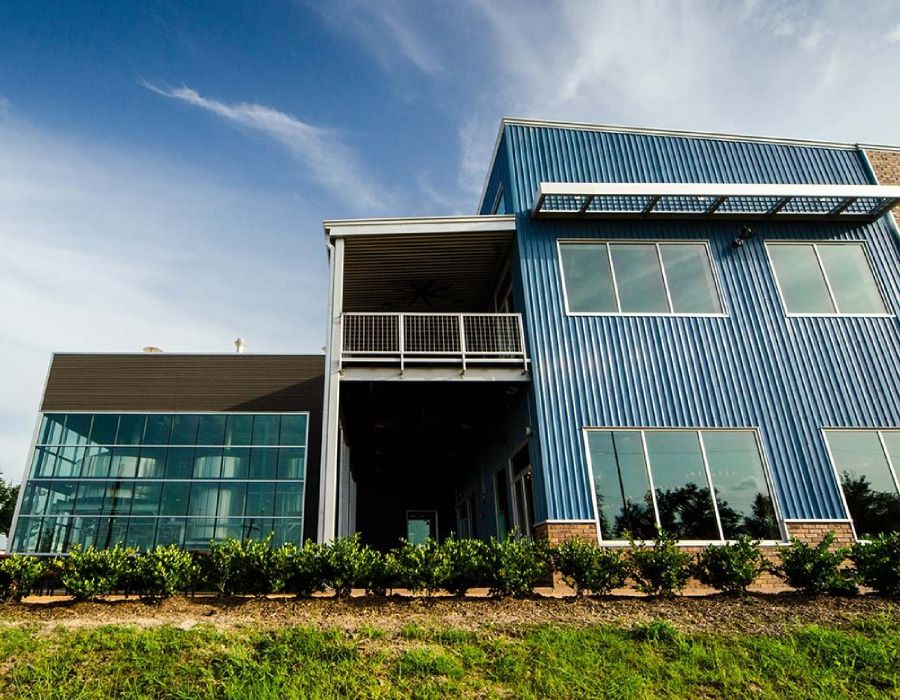Metal Roofing
A metal roof is a long-lasting, low maintenance alternative to traditional asphalt shingles. While asphalt shingles may have lower upfront costs, they are vulnerable to shrinking, eroding, and cracking, especially in regions of the country where they’re exposed to extreme weather conditions. Even when properly maintained and repaired, the life expectancy of asphalt shingles is significantly less than metal.
Metal roofing can last 50 or more years with minimal maintenance or repairs. When designed accordingly, they can withstand wind gusts of up to 140 miles per hour and will not corrode or crack due to seasonal weather conditions. A metal roof is also fire resistant and energy efficient, reducing your cooling costs by 10-25%. A metal roof isn’t even any noisier than a conventional roof when it rains.
A metal roof is a great choice for any home. Metal roofs feature exceptionally long life spans — many over 50 years — and their durability and minimal maintenance have made them a consumer favourite for decades. With added features like cool roof coatings that make metal roofs energy efficient, today’s metal roofs are more popular than ever.
If you’ve decided a metal roof is right for your home, the biggest decision you’ll have to make is what type of metal roof is right for your home. To help you decide, here are the pros and cons of four of the most common types of metal roofs Aluminum, Copper, Zinc and Steel
Advantages of using an Metal Roofing
LIFETIME
Depending on the type of metal you choose, a metal roof is likely to last anywhere from 40 to 70 years, with minimal repairs. This beats the lifetime of an asphalt roof (12-20 years) by decades.
DURABILITY
Metal roofs are a very tough alternative to asphalt roofing. They hold up well in all conditions, even against hail and falling trees, because of the strength of the material. An added bonus, even if your metal roof is dented, odds are that it will still keep the elements out of your home. A metal roof is unlikely to crack or get holes.
ENERGY EFFICIENCY
Since the metal reflects solar heat, you can save bundles on cooling your home in the summer. On average, a metal roof will save you anywhere between 10%-25% on that energy bill.
SAFETY
Metal roofs are largely flame and wind resistant, meaning they are much safer than other roofing material options. A metal roof won’t go up in flames in the event of a brushfire or a lightning strike, and some metal types are rated to withstand wind gusts of up to 140 mph. Repairs aren’t something you’d have to worry about with a metal roof.
ENVIRONMENTALLY FRIENDLY
Most metal roofs are made largely of recycled materials and are 100% recyclable after their lifetime has been exceeded. If you consider the 20 billion pounds of asphalt shingles dumped into American landfills every year, metal roofing is a much more environmentally conscious option.
WEIGHT
Most metal roof options are hundreds of pounds lighter than other roofing types, meaning that the installation process will be much more efficient. Additionally, a lightweight roofing system is a great idea for an aging home, as it will place less weight on the structural support system of your house.
SHEDS PRECIPITATION
A metal roof has much less friction than a rough asphalt roof, so any sort of precipitation will slide right off, which can prevent disastrous events like ice dams or the over-accumulation of snow.
Ecology
Our 100% natural slate is split by hand and uses no additional chemicals. Unlike fabricated products, natural slate is only subjected to extraction and working processes which combined with its unmatchable durability, makes it an sustainable material with low environmental impact.
CERTIFIED MATERIALS
It’s a good idea to talk to your trusted contractor about what type of material is right for your commercial roof. Since there are so many options, your roofer is likely to know what options will be the best for your business, and your budget. That said, you should ensure that whatever materials you choose are certified. Certified materials are backed by their manufacturer’s quality reputation, will have a longer warranty, and are likely to be long-lasting, top-of-the-line materials. The best way to protect your assets is to have a durable commercial roof that can withstand any weather for years to come.
TYPES OF METAL ROOFING
| Corrugated Metal Roofing Panels | Standing Seam Metal Roof Panels | Rusted Metal Roofing Panels | Copper Roofing Panels |
| Galvanized Steel Roofing | Panel Metal Roofing Systems | Curved Sheet Metal Roofing |
Metal Roofing Components
METAL COILS/SHEETS
Metal coils are long, continuous metal rolls that have been treated or coated with paint. All metal roofing starts out as coil or sheet metal, which is then rolled out, cut, and roll formed into a panel for installation.
PANELS
Panels are the roll formed pieces of metal coil that have been shaped into the desired profile/ribbing structure and are ready to be seamed together to form a roof.
SEAM
The side rib at which two metal panels come together and are connected. Seams are formed using a roll former and are then snapped together or mechanically seamed together.
PROFILE
The shape metal panels are formed into. The profiles are what determine how the panels fit and connect together.
ROLLFORMING EQUIPMENT
The machinery, either stationary or portable equipment, that forms and shapes the coil into individual panels.
Common Uses & Applications for Metal Roofing
Metal roofing has the reputation of only being used on large industrial or commercial structures. While it’s true that metal is a good option for these applications, metal roofing goes far beyond this with use on homes, architectural buildings, and agricultural structures. Let’s discuss more common uses and structures to look for the next time you’re out in your city or town.
| Hospitals | Schools and universities | Churches | Government buildings | Military structures |
| Restaurants | Stores | Offices | Hotels | Transportation buildings |
Residential Projects
The residential market is booming as homeowners begin to realize that metal roofing will actually save them money in the long run. A lot of homeowners don’t think their roof is big enough to warrant a metal roof, but we are here to tell you that the size of your roof doesn’t matter. Metal roofing systems can be used on something as small as a brick or stone mailbox. There has also been an increase in metal roofing being used as an accent on an awning or as a part of the roof. Be sure to consult with the manufacturer before a contractor installs two different materials together, as they could potentially react and/or degrade one another.
Architectural Projects
Since metal roofing begins as a metal coil or sheet, it has the ability to be formed and cut into many different shapes, sizes, and lengths. This variety, along with the durability, variety of colors, and eco-friendly qualities, gives architects many benefits to using metal to create aesthetically pleasing structures.
Metal Paint Colors and Finishes

